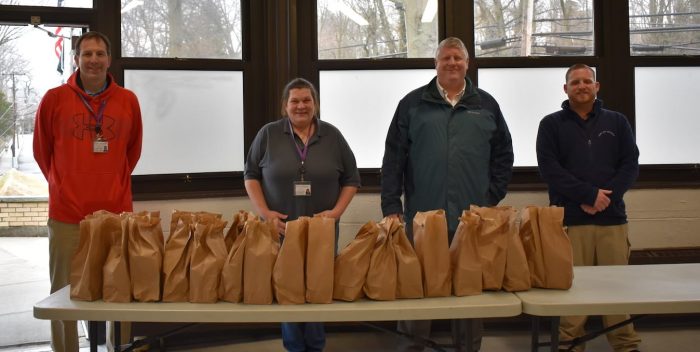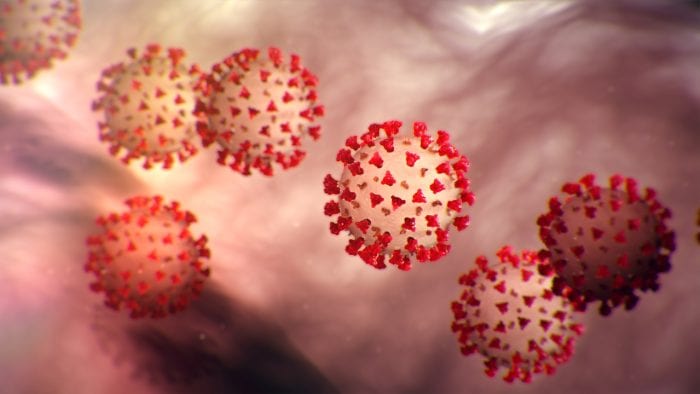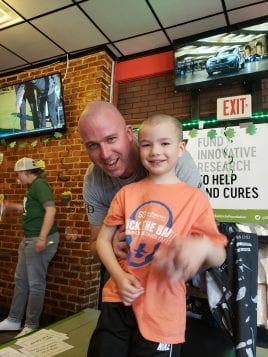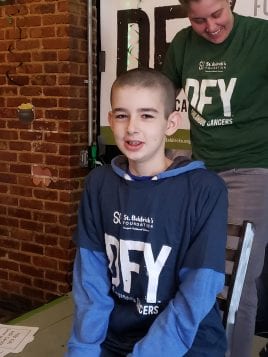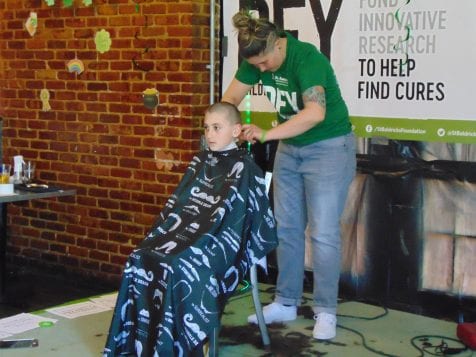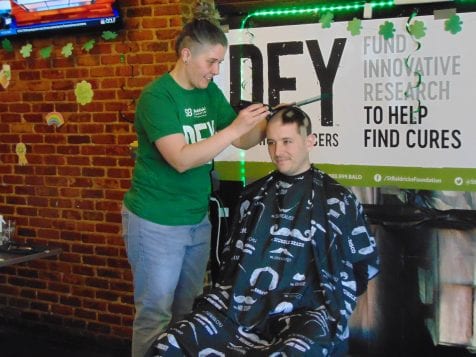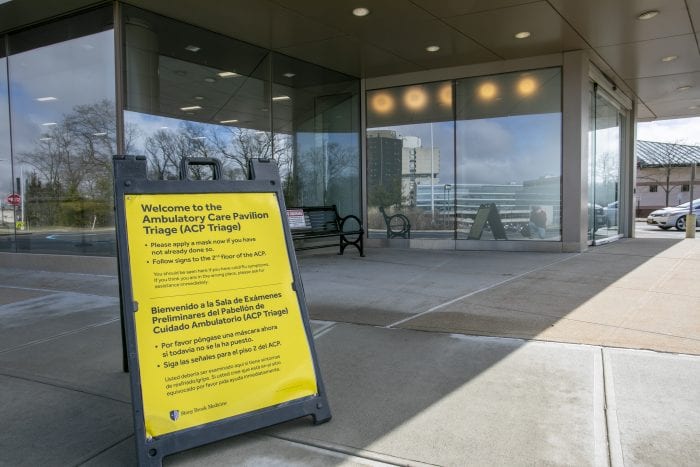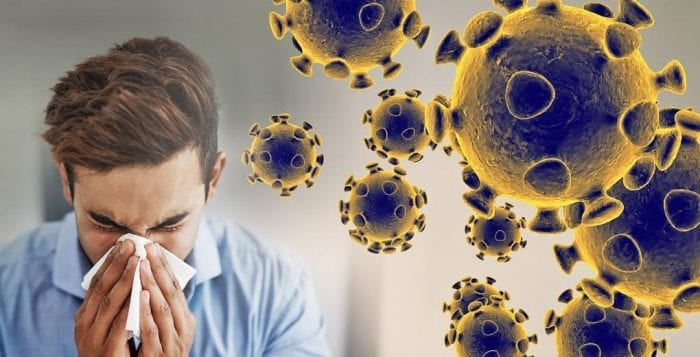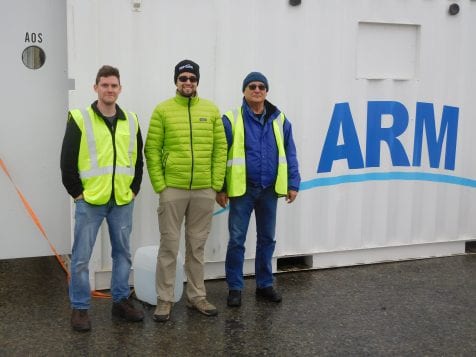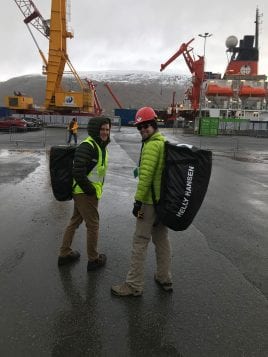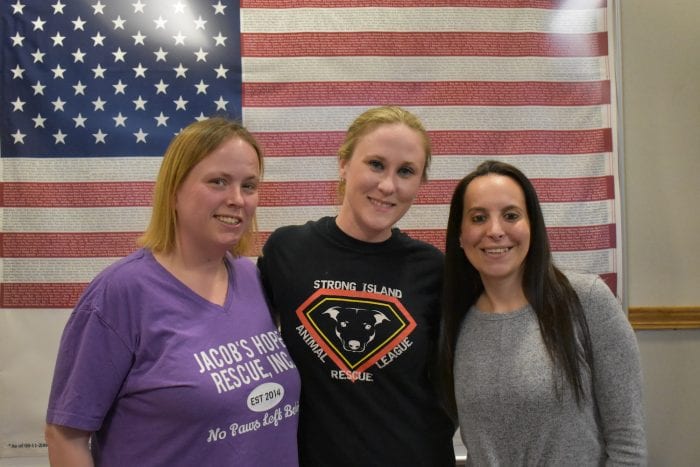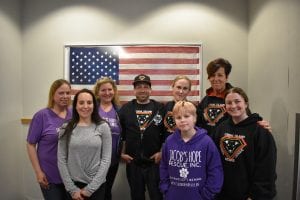Though schools in the Port Jefferson area may be closed, districts have been working constantly to get food to the children who may need it now more than ever.
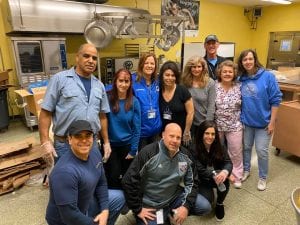
Port Jefferson Deputy Superintendent Sean Leister and a few volunteers stood inside the high school’s cafeteria Friday, March 20. For the weekend, the district was handing out three meals, one for Friday, Saturday and Sunday respectively.
The program is based on the district’s previous reduced cost lunch program, but now its being donated to anybody 18 or under free. Nobody has to sign up, and nobody at the door checks if the person lives within the district.
“The program is not restricted, it’s for any child 18 and under that feels they have a need,” Leister said.
When school was normally in session, Leister said the district had 110 students signed up for the program, where around 65 normally picked it up. In the last week or so, the district has been producing around 50 to 60 meals each day. Middle School Principal Robert Neidig has also volunteered to deliver to those resident’s houses who said they were unable to come out to pick their meals up. He said families have been really appreciative, even one young girl who comes to the door so excited to see the meals he’s brought.
“It’s like if I were delivering them candy,” Neidig said.
Each bag comes with a sandwich, bagel or wrap, along with fruit and milk. Any untaken meals are being given to Infant Jesus RC Church for them to distribute any remaining food.
Leister said the district has also applied to New York State to allow them to make breakfast and dinner meals as well. Local residents can get these meals at the Port Jefferson High school from 11 to 1 p.m. on weekdays.
Meanwhile in the Comsewogue school district, staff and a score of volunteers worked Thursday, March 19 at two separate schools to donate around 1,800 meals to children in need within the district.
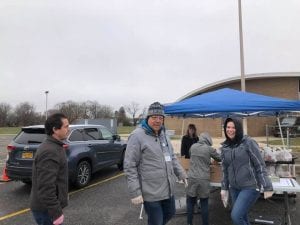
Comsewogue School District Superintendent Jennifer Quinn said the staff took everything from the schools cafeterias and even raided the faculty food pantry. Originally the district thought they would be able to only give out 1,100, but they went far above what they expected.
“This is one of the toughest things we’ve ever experienced — we will do what we need to do, together,” Quinn said. “We need to make sure our families are fed and our children are educated, and we are as whole as possible by the end of all this.”
Food included in bags were cold cuts, bread, apple sauce, juice, milk, cereal, cereal bars, and frozen hamburgers and meatballs. Staff and volunteers placed the bags inside the cars of those who drove up to the high school and JFK Middle School. Volunteers also drove meals to families who said they were unable to come by the two pickup locations.
There were around 30 volunteers who came by to offer aid. Quinn said they were offered aid by over 100 residents, but she felt she had to turn most away to try and reduce the chance of any kind of contagion.
The Comsewogue district is expecting nonprofit food bank Island Harvest to donate them another 300 meals come this Monday. Quinn added the district is likely to raid the cafeterias in the other schools, and should have another 1,100 meals after they receive aid from a New York State program giving food aid to schools during the mandated shutdown.
The Comsewogue School District is expecting to host its next bagged food drive Thursday, April 2.

